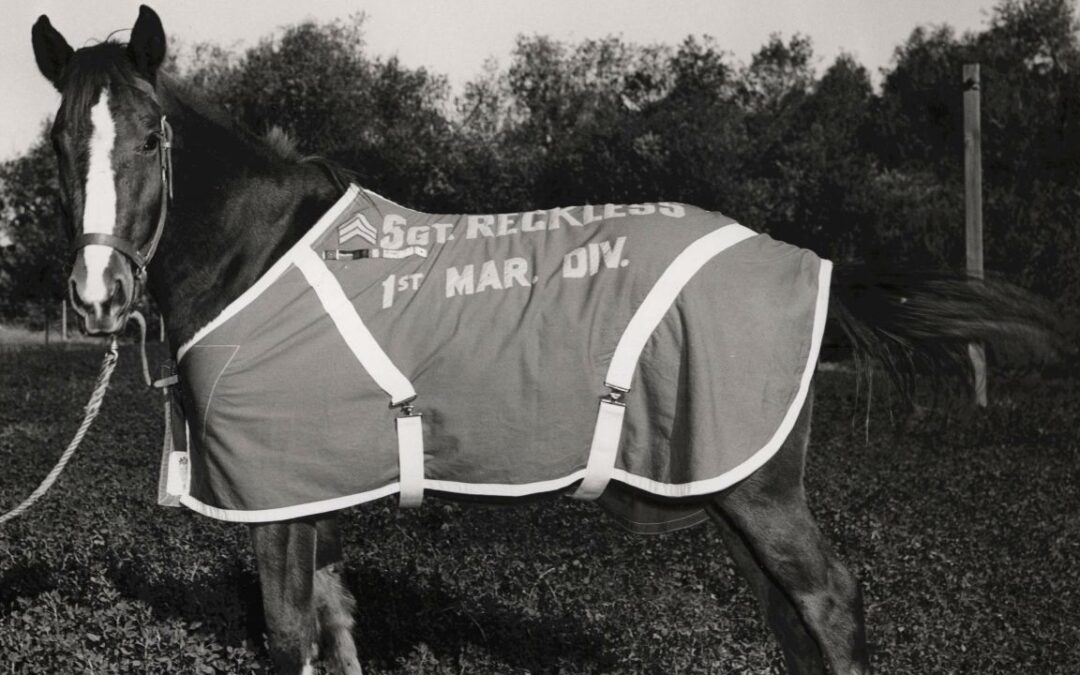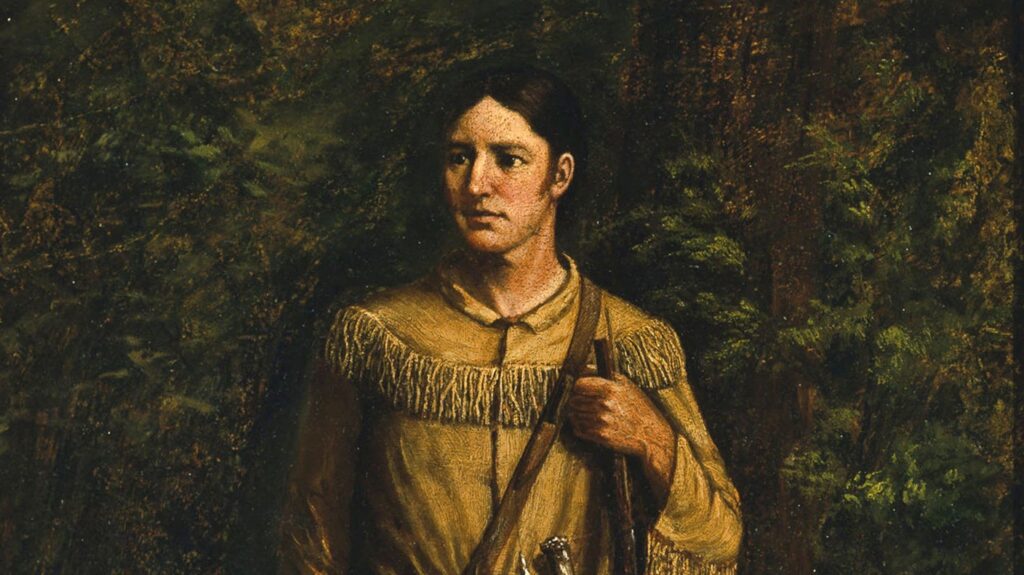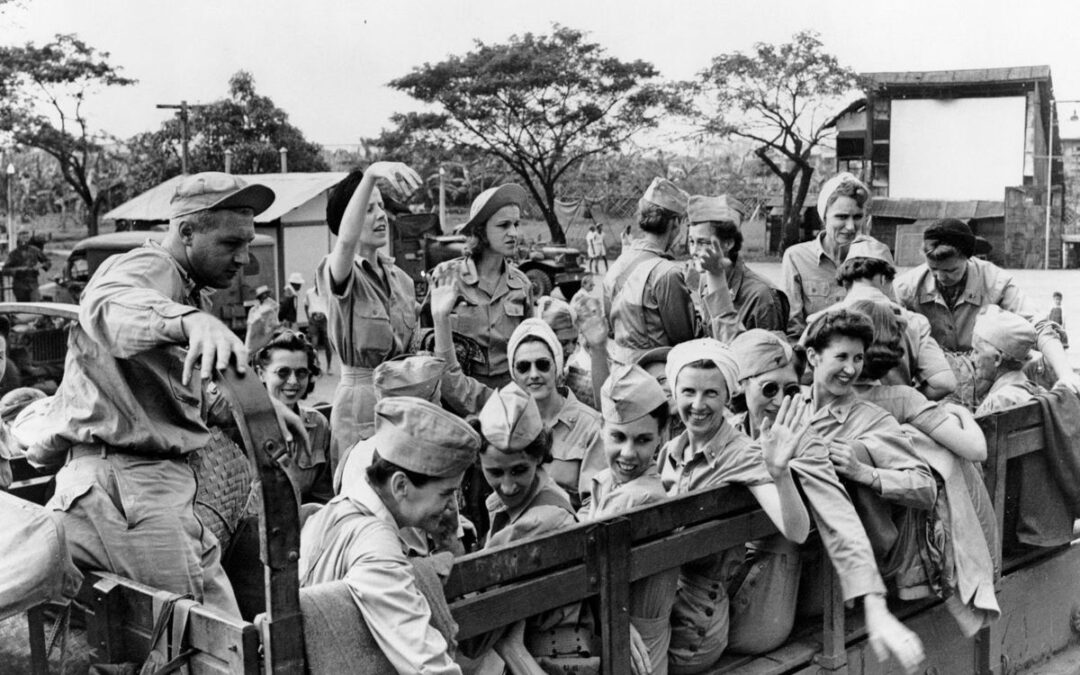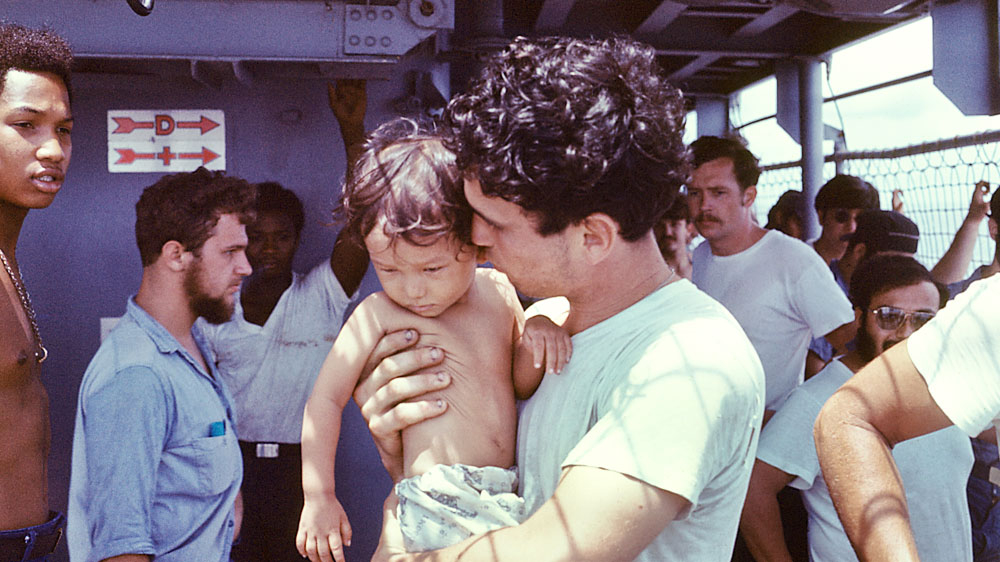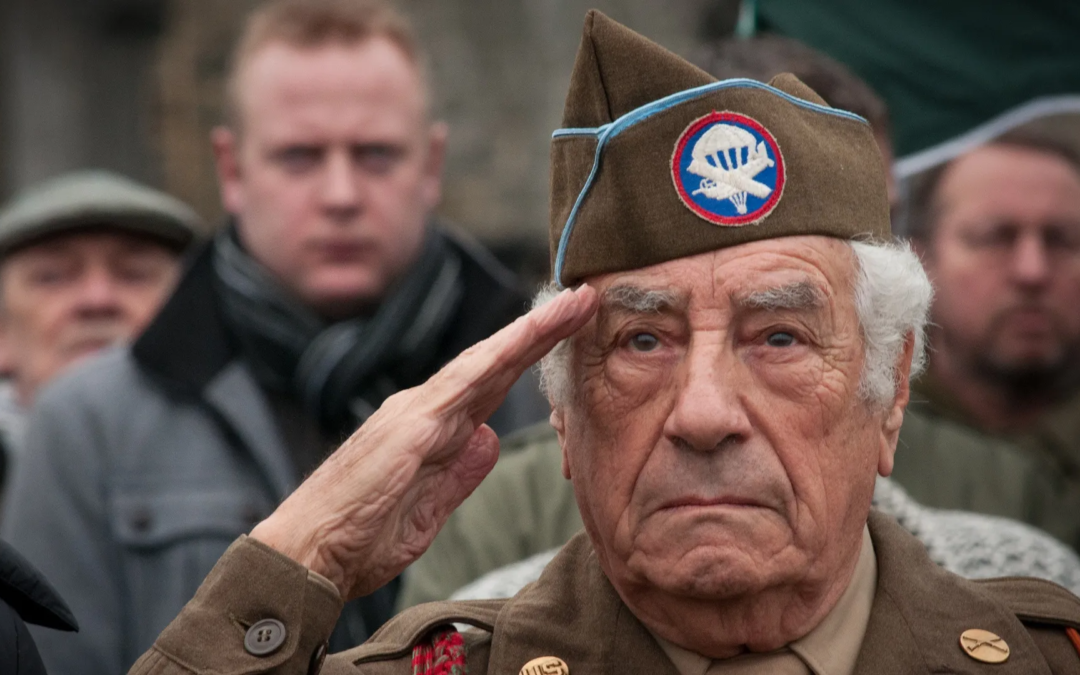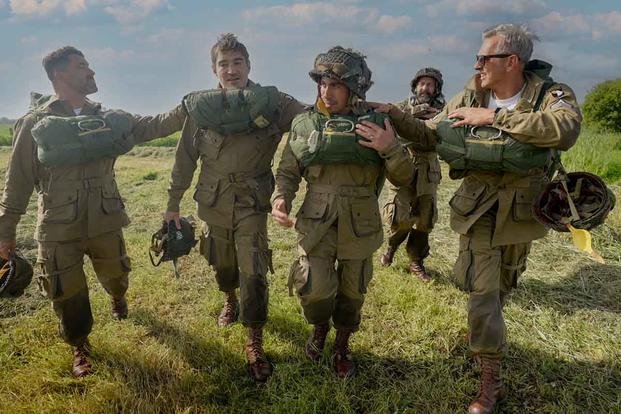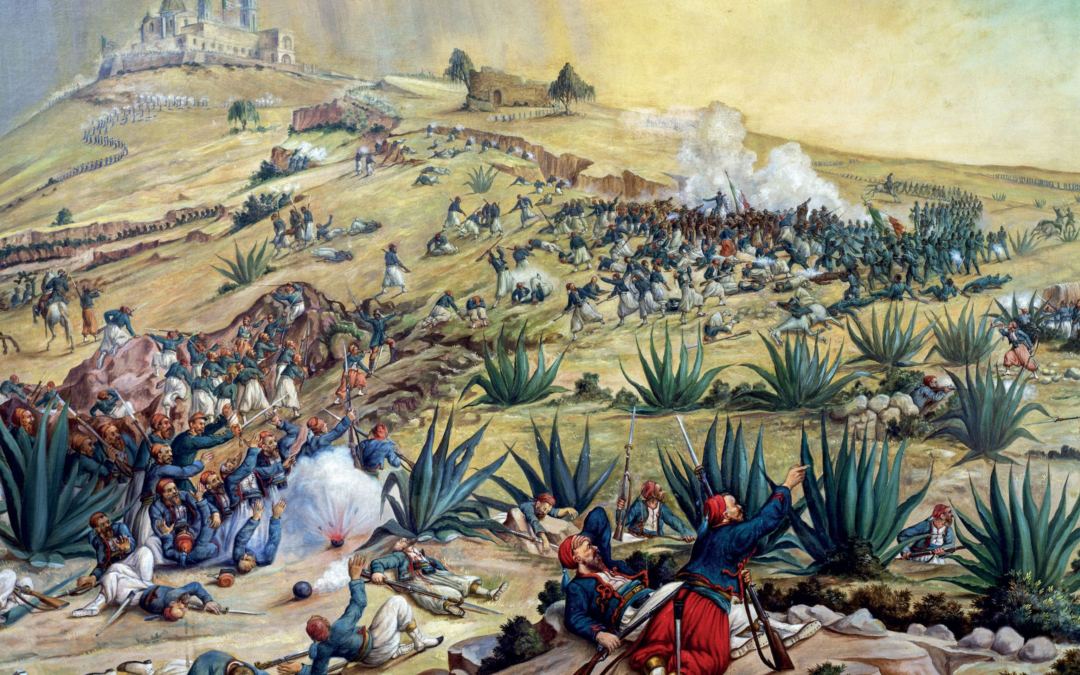The young filly showed great promise every time she ran a race. Many believed she would be a prize winner. But she never got the chance. In June 1950, North Korean troops stormed across the border between South Korea in a surprise attack that changed life on the Korean Peninsula. It also brought the sport of horseracing to a standstill. With no races to run, owning racehorses became a financial liability for their owners. Like many others, she was abandoned at the Seoul racetrack. A young Korean stable boy named Kim Huk Moon took over feeding, watering, and grooming her. Why Did Kim Sell His Horse? In October 1952 some U.S. Marines from the 5th Marines' Anti-Tank Company's Recoilless Rifle Platoon discovered the young filly and decided she'd be valuable for carrying supplies into combat. The platoon leader, Lt. Eric Pederson, paid $250 of his own money to buy her. The only reason Kim sold his beloved horse was so he could buy an artificial leg for his older sister, Chung Soon, who...
